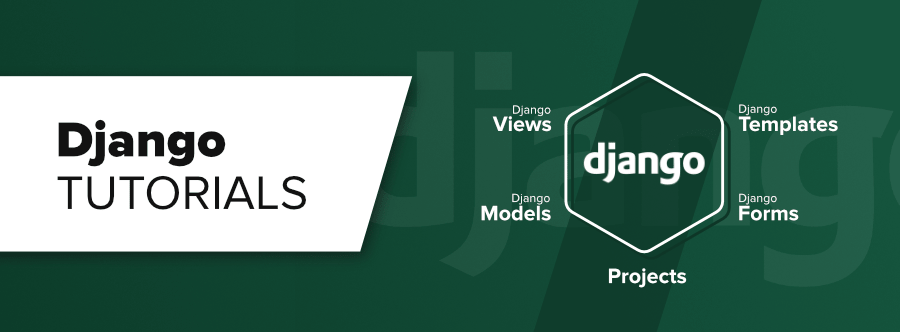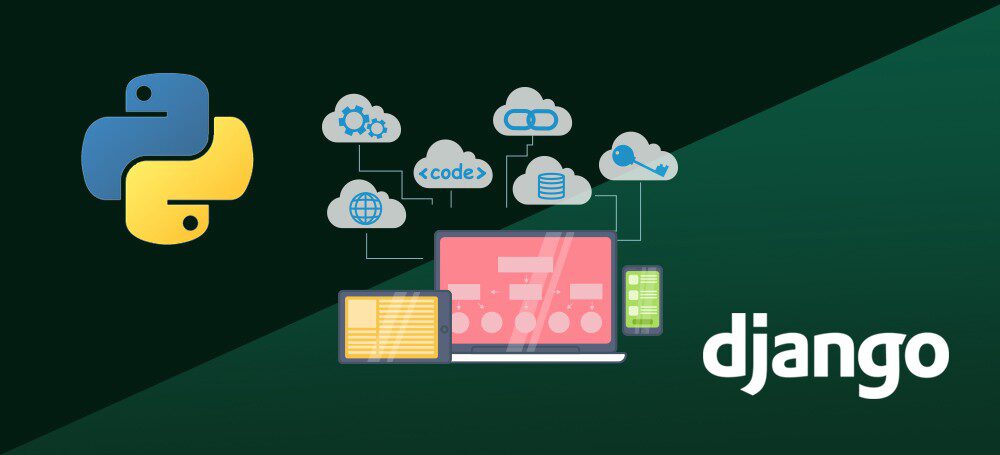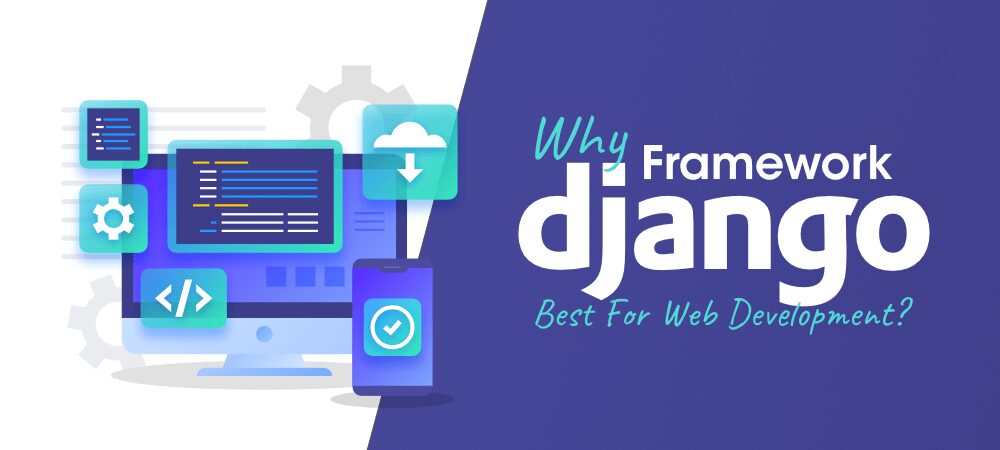Django Tutorial
- Difficulty Level : Easy
- Last Updated : 09 Jan, 2023

Django is a Python-based web framework that allows you to quickly create efficient web applications. It is also called batteries included framework because Django provides built-in features for everything including Django Admin Interface, default database – SQLlite3, etc. When you’re building a website, you always need a similar set of components: a way to handle user authentication (signing up, signing in, signing out), a management panel for your website, forms, a way to upload files, etc. Django gives you ready-made components to use and that too for rapid development.

Django is written in Python, which runs on many platforms. That means that you are not tied to any particular server platform, and can run your applications on many flavors of Linux, Windows, and macOS.
Is Django frontend or backend? Django is an open-source framework for backend web applications based on Python — one of the top web development languages.
Django has a flexible and well-structured admin panel which is better than Laravel. Django also allows developers to reuse code from other projects. In fact, it also has a library of reusable apps, tools, and features. Django has great templates and forms that have even been copied by other projects
Why Django Framework ?

Excellent documentation and high scalability.
Used by Top MNCs and Companies, such as Instagram, Disqus, Spotify, Youtube, Bitbucket, Dropbox, etc. and the list is never-ending.
Easiest Framework to learn, rapid development and Batteries fully included.
The last but not least reason to learn Django python has huge library and features such as Web Scrapping, Machine Learning, Image Processing, Scientific Computing, etc. One can integrate it all this with web application and do lots and lots of advance stuff.